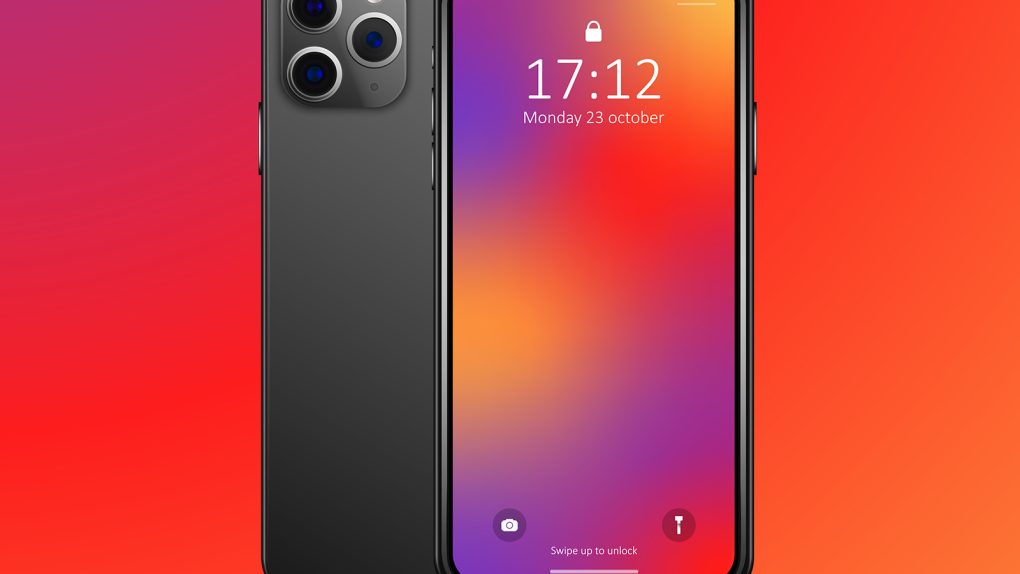Historically, Android users have been incredibly slow to upgrade their devices to a new OS. This can largely be attributed to older devices that can’t take advantage of new features along with any number of bureaucratic and technological bottlenecks that inevitably arise when you’re dealing with a multitude of cell phone carriers, various handset manufacturers, and literally thousands of different devices.
In recent years, it wasn’t uncommon to see more than 90% of iPhone users on the latest version of iOS while a majority of Android users were still using a mobile OS that was more than three years old. Google, to its credit, has been doing a lot of work behind the scenes to change this dynamic. And the work has been paying off. Android 11 saw the fastest adoption rate of a new Android OS yet. And even though just 25% of Android users were running Android 11 six months after its release, it’s a huge improvement compared to years past.
One of the reasons why Android’s adoption rate is problematic is that older OS versions lack new features and can sometimes house security flaws that can only be addressed with a new update.
In light of the above, a recent and somewhat bizarre piece over at ZDNet argues that the Android method of software updates is nonetheless superior to what Apple employs, with the argument being that mid-cycle iOS releases are too buggy:
Over the past few years, I’ve watch iOS releases become increasingly buggy, despite what seems like a very active beta test regime. The last few years of releases have started out buggy, and then had a stream of buggy updates before finally hitting some sort of stable ground.
Just in time for another release.
Right now, iOS is a buggy hellstew of performance issues, battery issues, and weird, long-term bugs like the notifications problems that seems to be ongoing.
Admittedly, iOS has seen its fair share of buggy releases. Still, Apple’s penchant for rolling out timely and continuous updates in between major releases is a net positive, as is the company’s efforts to encourage as many users as possible to upgrade as quickly as possible. Not only does this approach help address security and performance issues as they arise, but it also introduces new features in between major iOS updates.
Further, the reason Apple now relies more on mid-cycle updates is precisely because it stopped trying to cram in an inordinate amount of new features with every major iOS update.
Apple’s iOS release strategy may not be perfect, and sure, maybe Apple should spend a tad more time focusing on system performance as opposed to new features, but the notion that Google’s approach with Android is preferable simply doesn’t make sense.
You know how you can get too much of a good thing. I feel that’s where I am with iOS updates. I used to eagerly await new releases. Now I wonder what new bugs and hassles the updates will bring.
Maybe the Android model is the best way after all.
The Android model, in reality, is something of a nightmare that often leaves millions of users using relatively antiquated software with unpatched security vulnerabilities. If anything, Google’s actions in recent years show that it knows Apple’s strategy is preferable, which is why the company is trying to make updates more frequent and more accessible to its vast user base. On top of that, Google is believed to be in the process of moving to Apple’s update model with its mysterious new Fuchsia operating system that is expected to replace Android in the not-too-distant future.
I do agree with one thing in the article; namely that it might be an idea for Apple to separate “security updates and bug fixes from feature updates.”








